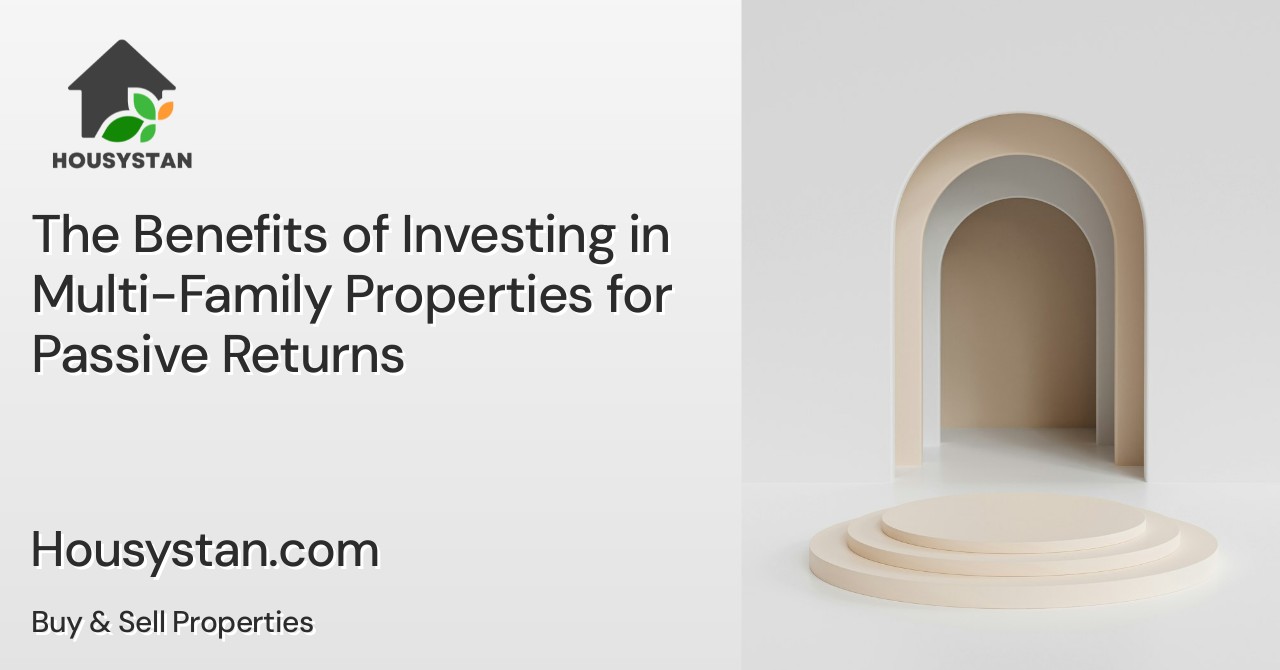The Benefits of Investing in Multi-Family Properties for Passive Returns
Read latest blogs and articles from Housystan

The Information mentioned here was last updated on:
11/12/2025Investing in multi-family properties offers a reliable path for individuals seeking steady passive income, particularly in thriving real estate markets across the United States. This investment strategy has become increasingly popular in cities with growing populations, such as Austin, Dallas, Phoenix, Atlanta, and Charlotte, where demand for rental housing remains high. By choosing the right location, investors can maximize their returns while minimizing risks associated with market fluctuations.
One significant advantage of multi-family real estate is its potential for consistent cash flow. Unlike single-family homes, multi-unit complexes generate income from multiple tenants, reducing the impact of vacancies on overall profitability. In cities with robust job growth and expanding economies, rental rates tend to rise, further boosting returns for property owners. Additionally, these properties benefit from economies of scale, allowing landlords to streamline management and maintenance costs across several units.
Another key benefit is the ability to leverage professional property management services. By outsourcing daily operations, investors can enjoy truly passive returns while focusing on portfolio expansion or other ventures. Property managers handle tenant relations, maintenance requests, and rent collection, ensuring that the investment remains hands-off and hassle-free. Regions known for strong rental markets, including the Midwest and Southeast, offer numerous opportunities for this type of passive investing.
- Verified Tenants/Buyers
- Unlimited Property Listing
- Zero subscription/charges fee
Tax advantages also play a significant role in the appeal of multi-family properties. Owners can take advantage of deductions for mortgage interest, property taxes, depreciation, and certain operating expenses. These benefits help lower taxable income, increasing the overall profitability of the investment. Markets such as Houston, Orlando, and Denver provide attractive environments for investors looking to capitalize on these financial incentives.
Additionally, multi-family properties often appreciate in value over time, especially in urban centers experiencing population growth and infrastructure development. Strategic improvements and renovations can further enhance property values, creating opportunities for increased rental income and long-term wealth accumulation.
In summary, investing in multi-family properties in high-growth regions delivers substantial passive returns through steady cash flow, tax benefits, professional management, and long-term appreciation. By selecting the right locations and leveraging expert services, investors can secure a stable income stream and build lasting wealth in today’s competitive real estate landscape.